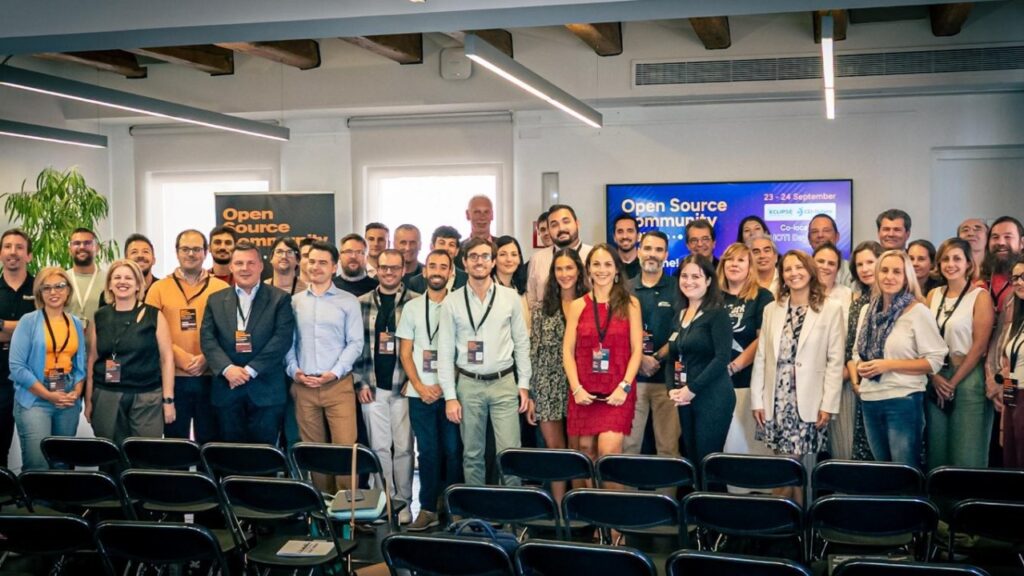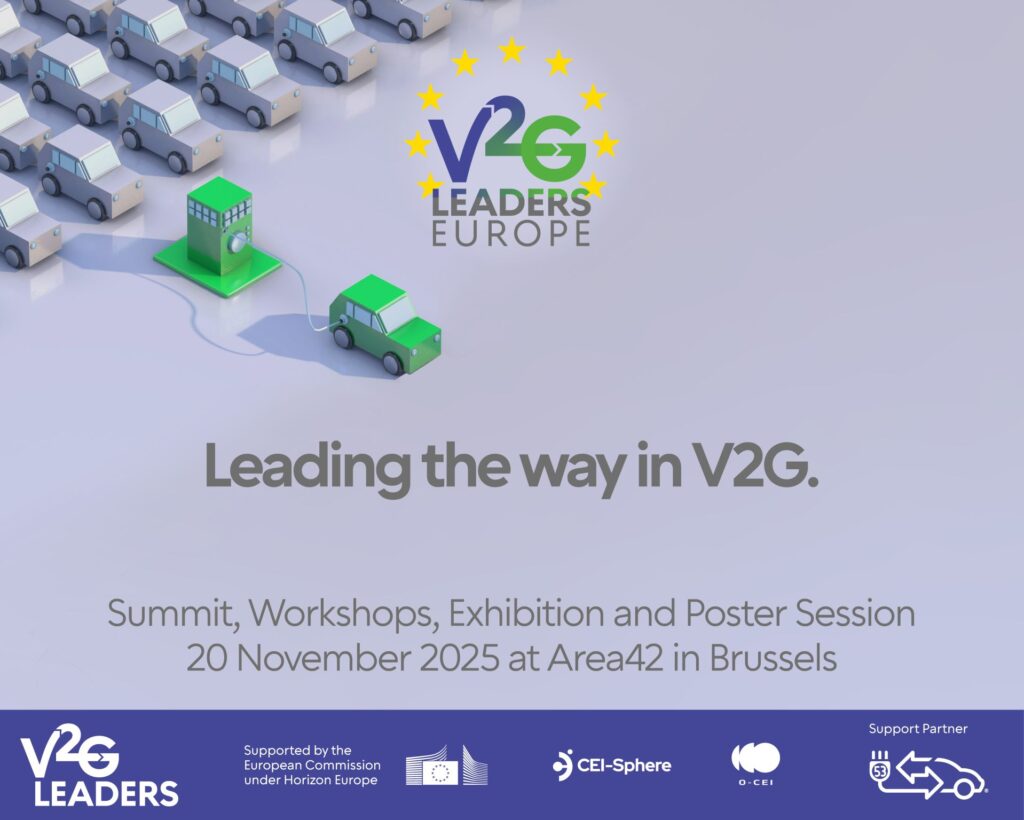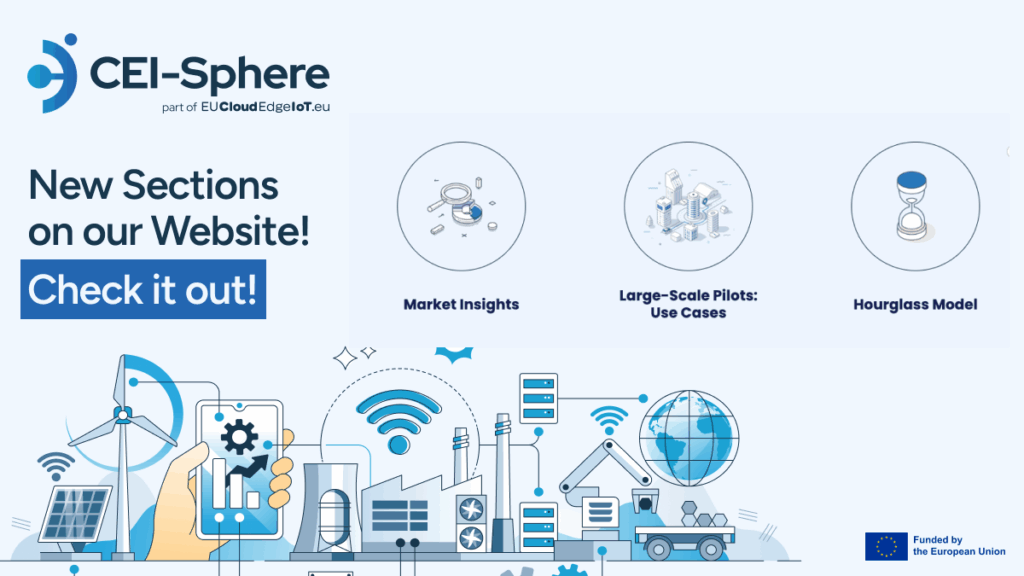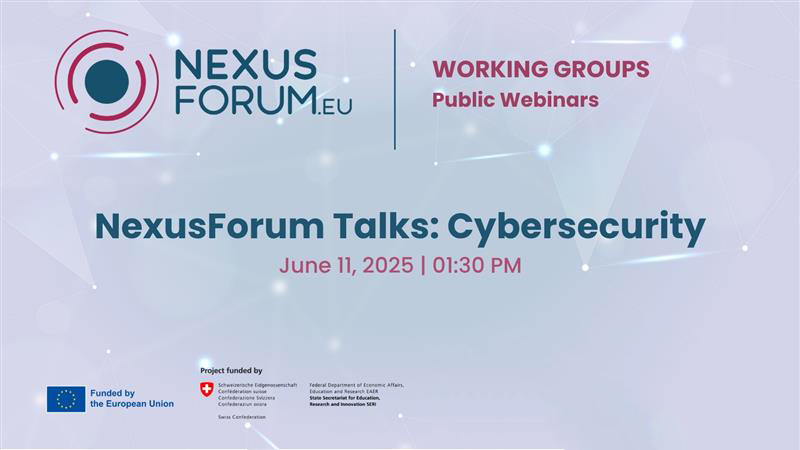The ENACT project is driving innovation in the Cognitive Computing Continuum (CCC) by creating a cutting-edge platform that integrates cloud, edge, and physical resources. This platform addresses the challenges of managing distributed, data-intensive applications by combining artificial intelligence (AI), secure communication, and dynamic resource management. With its multi-layered architecture and novel tools, ENACT is setting new standards for efficiency, adaptability, and scalability in hyper-distributed systems.
ENACT’s Vision for the CCC
ENACT envisions a seamless and secure integration of resources across the CCC. The goal is to optimize resource usage while enhancing the performance of distributed applications in diverse environments. This includes dynamic scaling, elasticity, and portability of data-intensive applications that operate across the cloud, edge, and far-edge.
Key to this vision is ENACT’s innovative approach, which combines:
- Dynamic Graph Modelling (DGM): A “digital twin” of the CCC for real-time monitoring and predictive insights.
- Cognitive Orchestration: Intelligent resource allocation and application deployment through AI-driven decision-making.
- Application Programming Model (APM): A toolkit enabling the development of adaptive applications optimized for the CCC.
These tools ensure efficient operations, secure data sharing, and minimal manual intervention, positioning ENACT as a transformative solution for modern distributed systems.
Use Cases Demonstrating ENACT’s Impact
The ENACT platform will validate its benefits through real-world use cases:
- Media Processing and Distribution (led by MOG Technologies):
ENACT will enhance the streaming and annotation of multimedia content by leveraging distributed edge-cloud resources. This ensures uninterrupted service delivery, energy efficiency, and secure communications.
- Smart Cities Digital Twin (led by Fujitsu):
A digital twin of urban environments will be created using real-time data to monitor variables like air quality and traffic. The ENACT platform will enable advanced simulations, empowering decision-makers to address urban challenges more effectively while optimizing sustainability and quality of life indicators.
- Enhanced Live Experience for Cultural, Tourism and Sports events (led by EiTB and Osoigo):
ENACT will revolutionize the live broadcast of the cultural, touristic and sports backed events. By integrating VR, XR, and edge computing, audiences can experience immersive tracking, real-time race data, and interactive AR overlays, enhancing engagement and promoting regional culture and tourism.
Through these use cases, ENACT aims to showcase the tangible benefits of its platform, including reduced operational costs, enhanced application performance, and improved resource efficiency.
The ENACT Concept and Approach
ENACT addresses critical challenges in resource management and application performance through an innovative two-fold approach:
- Infrastructure-Level Adaptation
At the infrastructure level, ENACT optimizes the allocation and use of cloud and edge resources. This is achieved through:
- Graph Neural Networks (GNN): Used to model and analyze edge-cloud resources, providing a dynamic representation of their state and evolution.
- Reinforcement Learning (RL): Enhances the orchestrator’s ability to make intelligent, adaptive decisions on resource management and application deployment.
This combination allows ENACT to address issues like performance degradation, energy consumption, and regulatory constraints. The AI-powered orchestrator continuously learns from deployment scenarios, ensuring optimal configurations over time.
- Application-Level Adaptation
At the application level, ENACT empowers developers to build intelligent, self-optimizing applications using its APM. This model includes:
- Sidecar Libraries: Enabling applications to monitor their performance and adjust dynamically.
- Application Controller (AC): A core component that interacts with the orchestrator to implement adaptive actions such as load balancing and energy optimization.
These features allow applications to seamlessly integrate into the CCC, improving their ability to respond to changing conditions while maintaining optimal performance.
Implementation and Scalability
ENACT’s modular architecture ensures scalability and flexibility. Key components can be independently utilized or extended for specific needs, promoting widespread adoption across industries.
The Zero Touch Provisioning (ZTP) capability automates the discovery and onboarding of heterogeneous edge-cloud resources. This reduces manual intervention and accelerates the deployment of complex systems.
To support developers, ENACT offers a comprehensive Software Development Kit (SDK) with documentation, libraries, and tools. This simplifies the process of creating and deploying adaptive applications optimized for the CCC.
A New Era for Distributed Systems
ENACT is redefining how distributed applications are designed, deployed, and managed within the CCC. By integrating AI-driven orchestration, dynamic resource modeling, and application-level adaptability, ENACT provides a robust framework for addressing the complexities of modern distributed systems.
Its validation through practical use cases will demonstrate the platform’s ability to improve resource efficiency, enhance application performance, and enable sustainable and scalable digital ecosystems. ENACT is not only a technological advancement but also a vital step towards realizing the full potential of the Cognitive Computing Continuum.
Project website: https://enact-horizon.eu/




